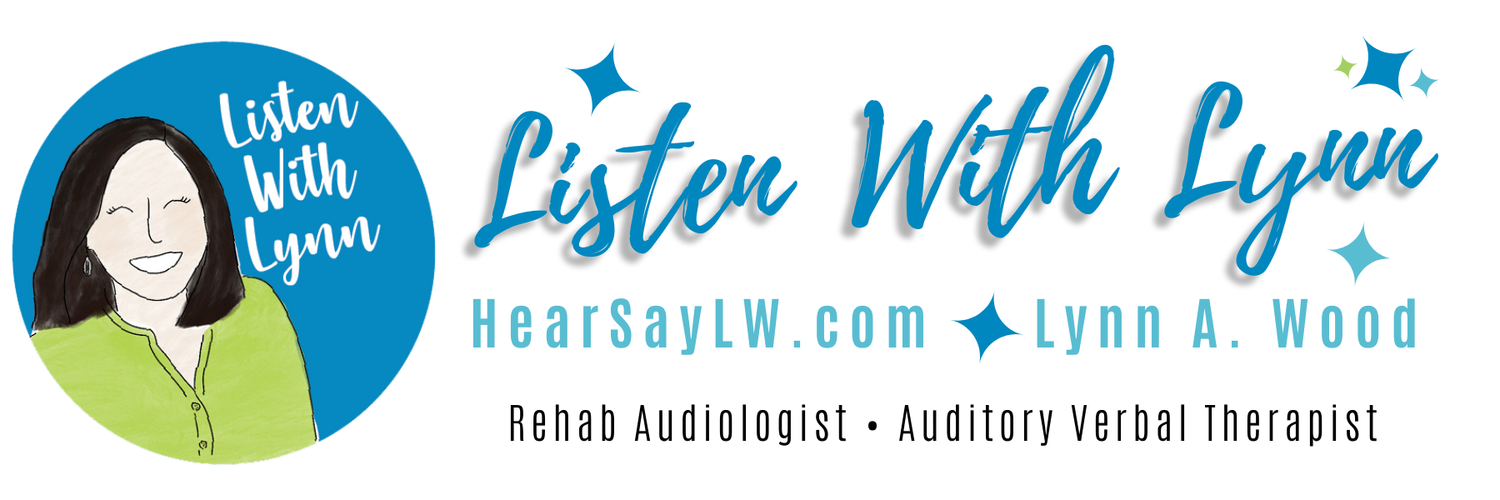This blog post was adapted from an article
entitled,
“Hearing Related Terms You’ll Hear in Cochlear Implant Therapy”
by Donna Sperandio, Head of
Rehabilitation at MED-EL
You
can read the original article HERE
 |
| http://www.medel.com/blog/hearing-related-terms-cochlear-implant-therapy/ |
If you’ve just received a hearing implant there might be a bunch of hearing related terms, words, and definitions that you’re just learning about for the first time. Or even if you’ve had an implant for a while one term that you’re not familiar might just pop up.
This can happen when you’re going through rehabilitation sessions or talking with your hearing specialists like audiologists, therapists, or teachers of the deaf. So, I wanted to put together this list of the technical hearing related terms and jargon that your specialists might use.
How You Interact With Sound
- Listening: paying attention to any sound, or making an effort to hear a specific sound
- Hearing: being able to perceive sound
- Detection: being able to notice the existence of a sound
- Discrimination: telling the difference between one sound and other sounds
- Speech: the physical process of making a sound with the lips, tongue, and other speech organs
- Language: a system of symbols or sounds used to communicate thoughts, emotions, and more
Hearing Related Terms
- Babbling: producing vocal sounds that repeat the same syllable (like “ba-ba”) or use a sequence of similar syllables (like “ba-ma-ba-ma”)
- Body language: using gestures, facial expressions, or body movements to communicate physically either instead of, or as well as orally
- Chronological age: how old someone is as measured from their date of birth
- Communication: conversing or exchanging information through social interaction
- Consonants: the letters and sounds of a language that are not vowels, and which require the speaker to completely close his or her throat, mouth, or lips; b, f, m, and t are examples of consonants in the English language
- Consonant-like sounds: a baby’s first sounds, before and during their babbling phase, which sound like consonants but are not perfect yet
- Decibel: a measurement of the loudness of the sound, like if it’s loud or soft, often abbreviated to “dB”
- Environmental sounds: all non-speech sounds that exist in everyday life, like the telephone ringing, birds chirping, or traffic noise
- Expressive language: spoken or signed language used to convey thoughts, intentions, or emotions
- Frequency: a measurement of the pitch of sound, like if it’s a high-pitch or low-pitch sound, often expressed in Hertz (Hz)
- Fitting: the process of setting the cochlear implant audio processor’s program so that it is customized to its user, sometimes called “programming” or “mapping”
- Gesture: moving a part of the body to communicate, like pointing at an object
- Hearing age: how long someone has been wearing an effective hearing loss solution, like a hearing aid or hearing implant, is often used to give a more accurate representation of someone’s auditory development than their chronological age
- Hearing aid trial: the 2–3 month test period where someone tries out their hearing aids to find out if they are an adequate hearing loss solution
- Implicit learning: learning something that is not being obviously demonstrated or taught directly
- Intensity: another way of saying “loudness”
- Jargon: the variety of syllables said by infants which sound like speech, and which contains sounds and syllables, but is not a real language
- Oral language: the same thing as a spoken language
- Phoneme: the shortest unit of sound that can be recognized, like /k/ or /t/, phonemes are the building blocks of syllables and words
- Pre-verbal stage: when babies and infants interact with their environment with babbling, jargon, or vocalizing instead of real words
- Prelinguistic: the time before someone develops spoken language
- Syllable: a unit of a word; for example there are three syllables in processor (pro-cess-or) and two in water (wa-ter)
- Utterance: a continuous vocalization or phrase
- Vocalization: any sound a person produces











